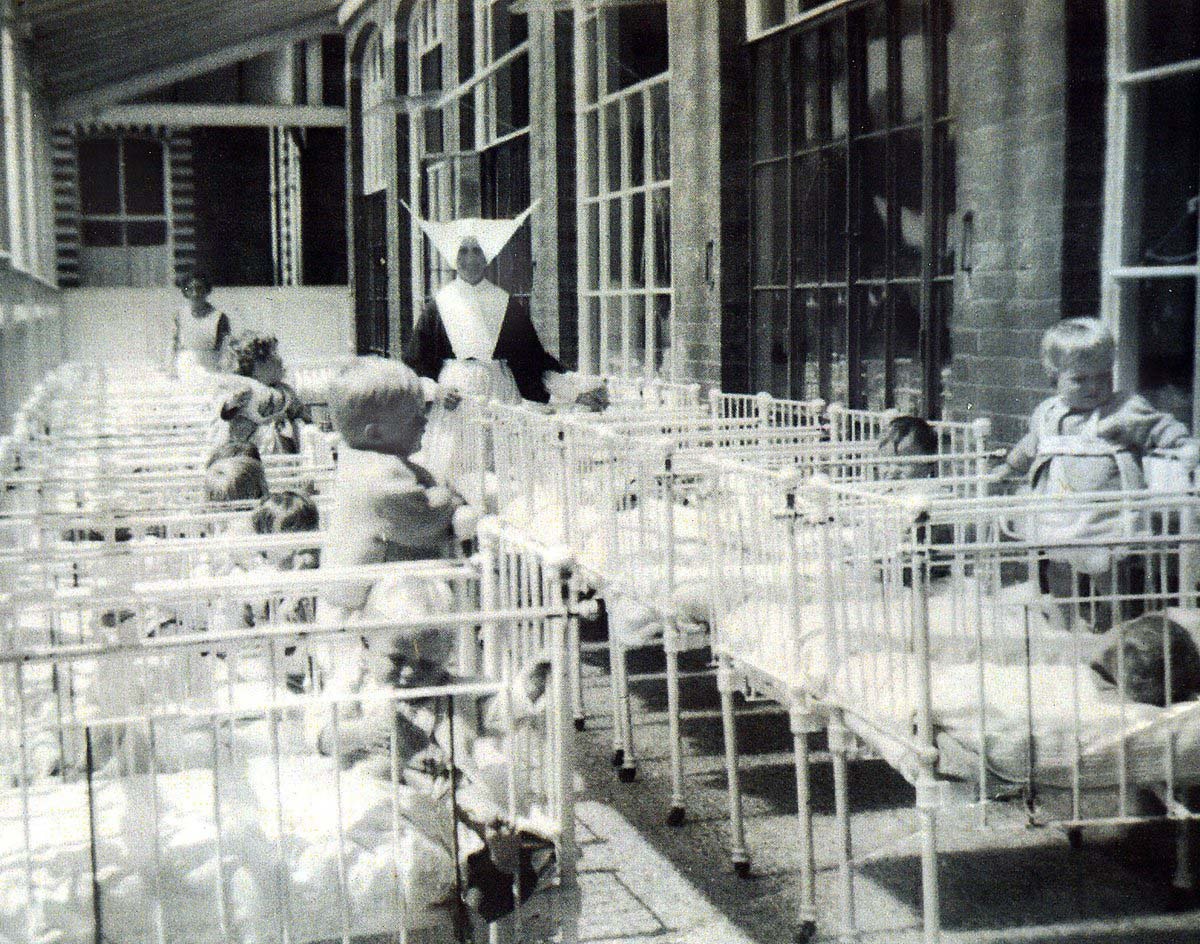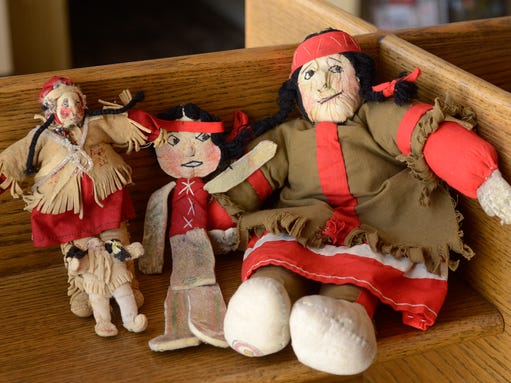
Inside the orphanage
From 1864 to 1981, children were sent to the Smyllum Park Orphanage, in Lanarkshire, Scotland, where they were routinely tortured, sexually abused, and then dumped into unmarked graves. The orphanage was run by the Daughters of Charity of Saint Vincent DePaul. The sisters who died received proper funerals, complete gravesite and headstone. Close to 12,000 children stayed, and suffered, in the Smyllum Park Orphanage. In 2003, two survivors, Frank Docherty and Jim Kane, found what they thought might be a mass grave of Smyllum. They pushed the Daughters of Charity for some answers. In 2004, the order responded that they thought 120 children had died in the orphanage. Frank Docherty and Jim Kane suspected those figures were low. They continued to push. Earlier this year, both Frank Docherty and Jim Kane died. This past Sunday, the BBC and Scotland’s Sunday Post published the results of a joint investigation, and they claimed over 400 children are buried in that gravesite. As of Tuesday, the police have said that there was no evidence of criminal activity, but they will continue to investigate any allegations. If the activity was not criminal, what then was it? Ordinary?
In 2013, Andi Lavery founded White Flowers Alba, a group that advocating for Smyllum Park Orphanage survivors. After reading through the death certificates gathered by the reporters, Lavery said, “Why should they be dying from starvation? Why should they be dying from treatable infections? Why should they be dying from beatings?” These are not “rhetorical” questions. Andi Lavery, and others, want answers.
Marie Peachey is now 54 years old. She, her brother Samuel and sister Brenda suffered the orphanage from 1964 and 1969. Marie Peachey has suffered ever since. In 1997, she went to the police with allegations of abuse, but they said it had happened too long before. In 2003, she tried to sue the Daughters of Charity, but was told, again, that the events had happened to distantly in the past. In 1998, Marie Peachey was diagnosed with post-traumatic stress disorder. Today she says, “It is awful to think of all of those poor children buried and forgotten. We have endured years and years of secrets and lies about this and everything else that went on at Smyllum. The truth must come out. It was a horrible being there. I was routinely beaten.”
Theresa Tolmie-McGrane entered the Smyllum Park Orphanages in 1968. She was six years old: “Every child was beaten, punished, locked in a dark room, made to eat their own vomit and I would say that most of us had our mouths rinsed out with carbolic soap.” Theresa Tolmie-McGrane describes sexual abuse, physical violence and systematic psychological torture. One nun in particular tried to break the girl-child down: “She almost made it such that I didn’t get to university. She did everything she could to sabotage. I’ve never met someone who tried to destroy another person in such a systematic way. Thank God she didn’t succeed.” Theresa Tolmie-McGrane left the orphanage at 17, went to university, and today is a practicing psychologist in Norway.
The Scottish Child Abuse Inquiry is investigating the case. From members of government to the Church and beyond, everyone is shocked at the tragedy. For decades, survivors have told their stories, to no avail. For decades, family relatives of those children demanded answers, to no avail. To their dying days, Frank Docherty and Jim Kane demanded what the White Flowers Alba demand: accountability, redress, and the restoration of dignity. Frank Docherty and Jim Kane died without seeing any of that.
This story hearkens to the story of Tuam, in Ireland, where infants and children born in the institution were ‘buried’ in septic tanks. From Tuam to Lanarkshire and beyond, people ask, “Who throws dead children into an unmarked grave?” Who? Everyone. In the process of modern `nation building’, some bodies have value and others have less than none and end up in trash heaps, septic tanks, unmarked graves. There was is no secret and there is no surprise here. The activity was not criminal, it was altogether ordinary.
(Photo Credit: Sunday Post)

